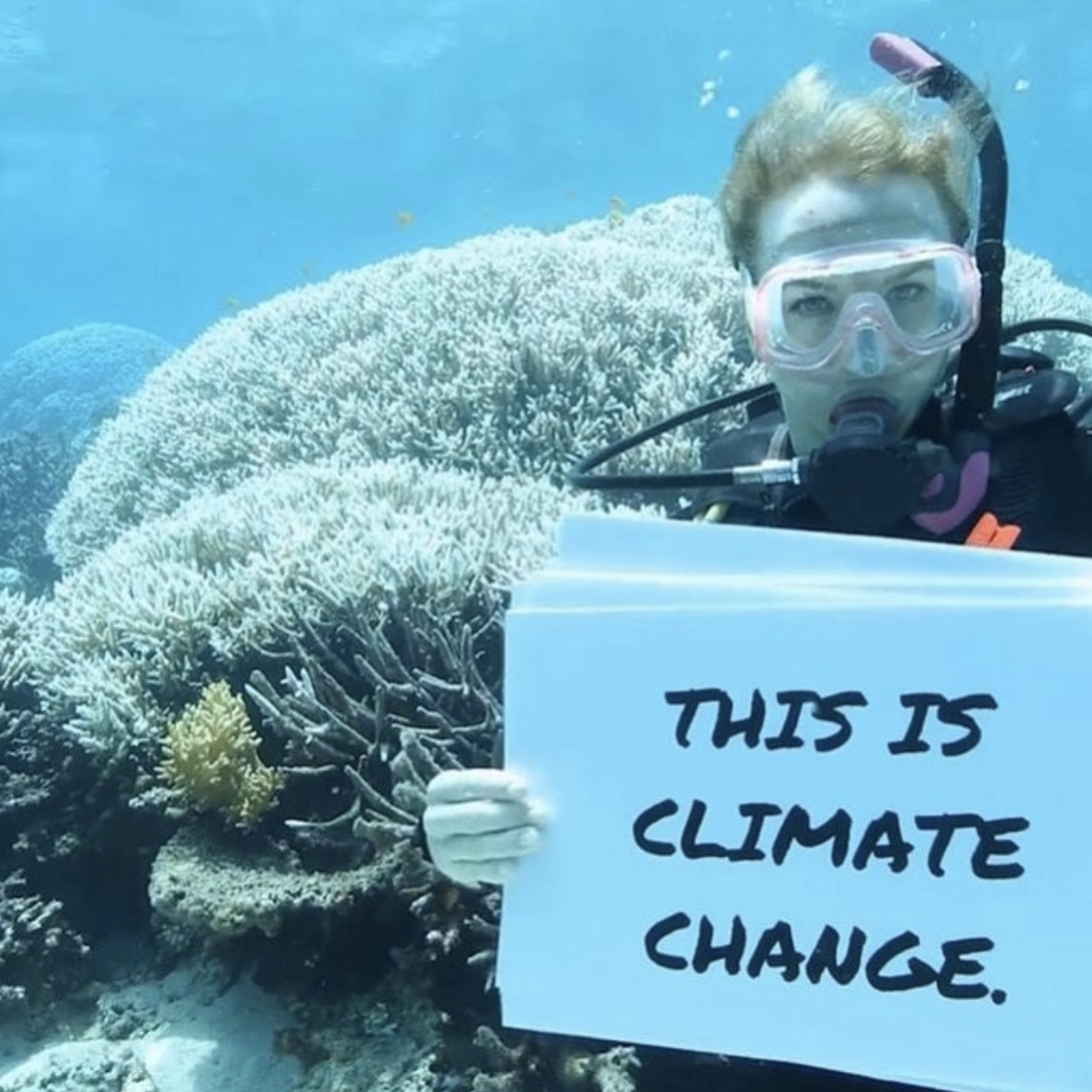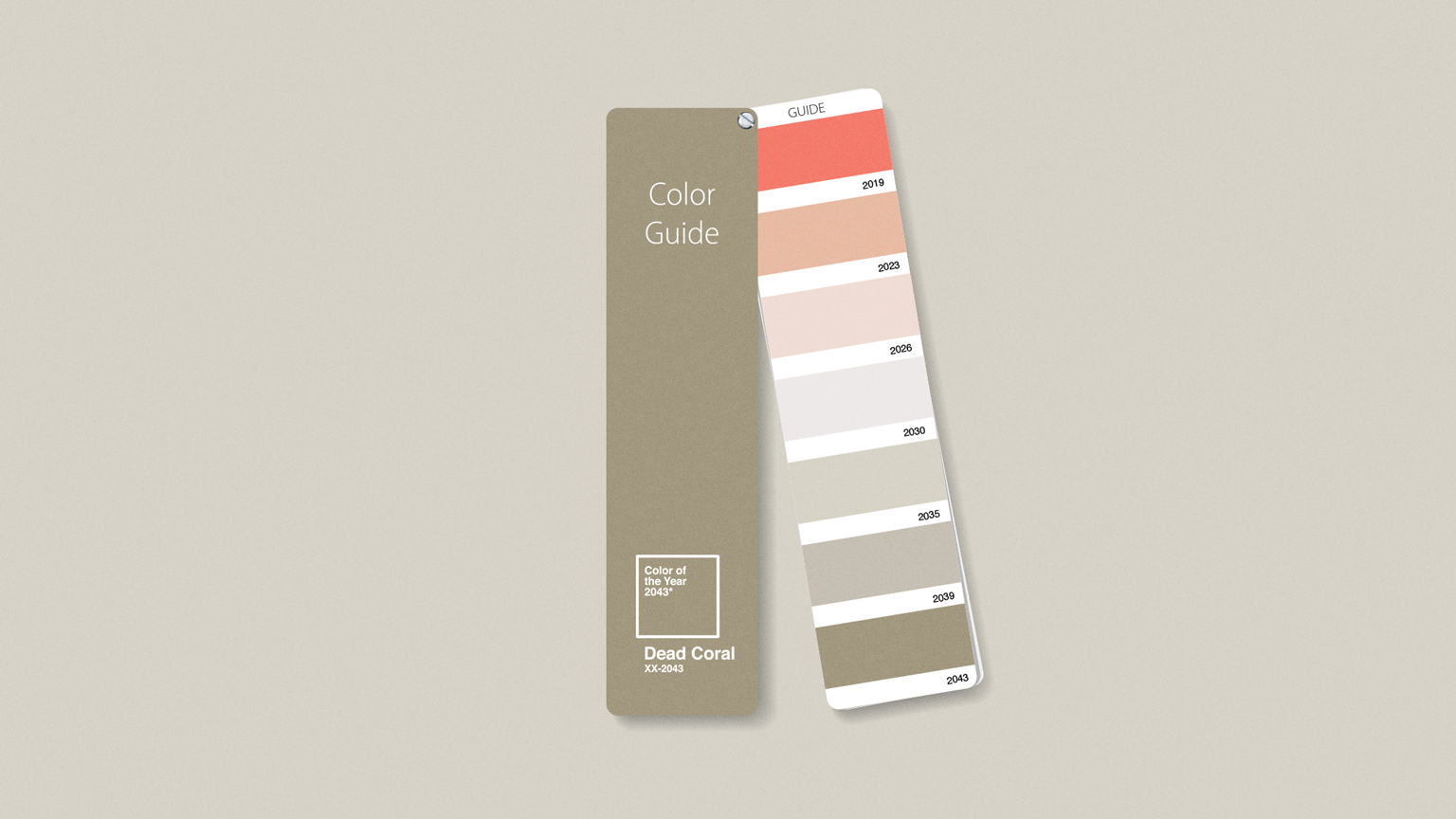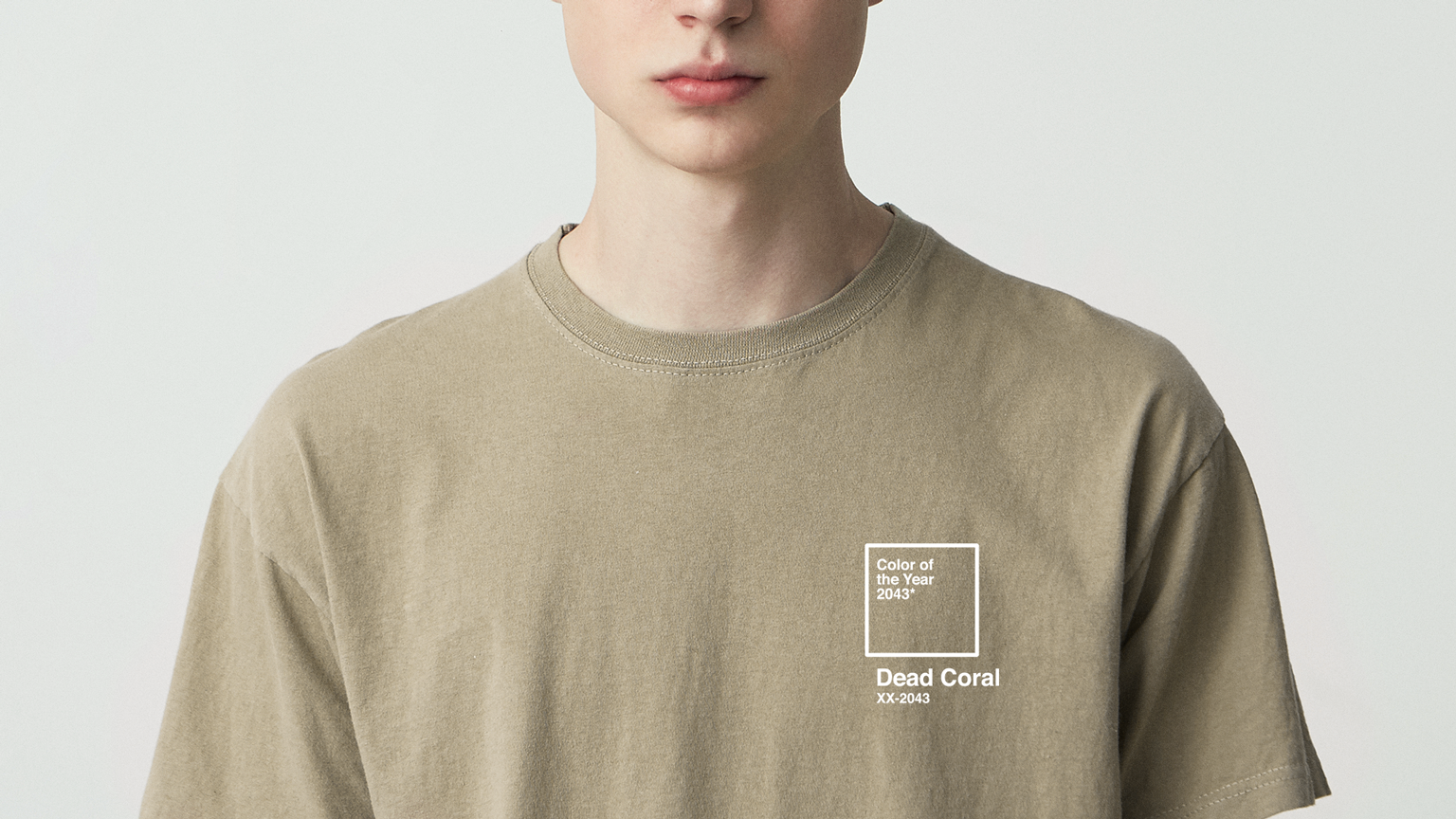How a simple post inspired
the internet and gave a voice
to the scientific community.
THE CONTEXT
In December of 2018 Pantone Releases “Living Coral Color of the year 2019” as part of an ongoing tradition of releasing a new color for each year. Due to the critical state of our coral reefs around the world and the fact that the color Pantone picked for “Living Coral” is actually the color of dying coral, there is a public outcry.
THE PROBLEM
Meanwhile, marine scientists around the world work tirelessly to gather information about
the effects on global warming on our coral reefs and to find solutions to mitigate said effects.
Take this article from Ruben van Hooidonk, and his colleagues for example:
Local-scale projections of coral reef futures and implications of the Paris Agreement.
Pantone’s campaign not only takes away attention from alerting scientific studies,
but it also promotes a dangerous sense of optimism in an issue that requires critical attention.
IDEA
We used the momentum created by Pantone’s Color of The Year to give a voice to the studies
of the scientific community by creating “Dead Coral Color of The Year 2043”.
A simple social post that reimagines what the color of the year in 2043 would be if we don’t act NOW.
(Image credit: Kristina Tietjen)
RESULTS
BUT MOST IMPORTANTLY
A few months after holding a meeting with Pantone, we seem to have inspired them to amend
their mistakes and create a campaign that would actually help save the world’s coral reefs.











